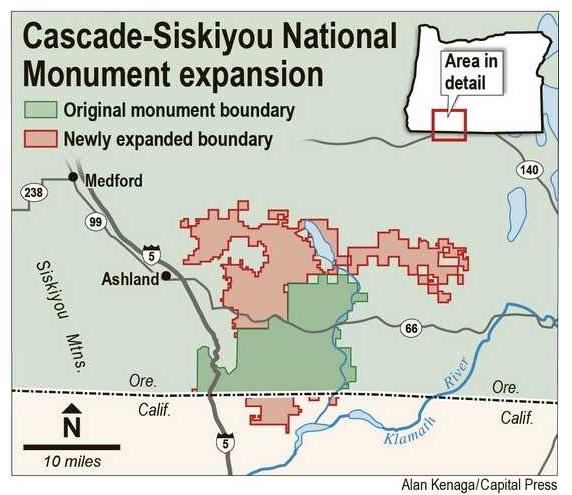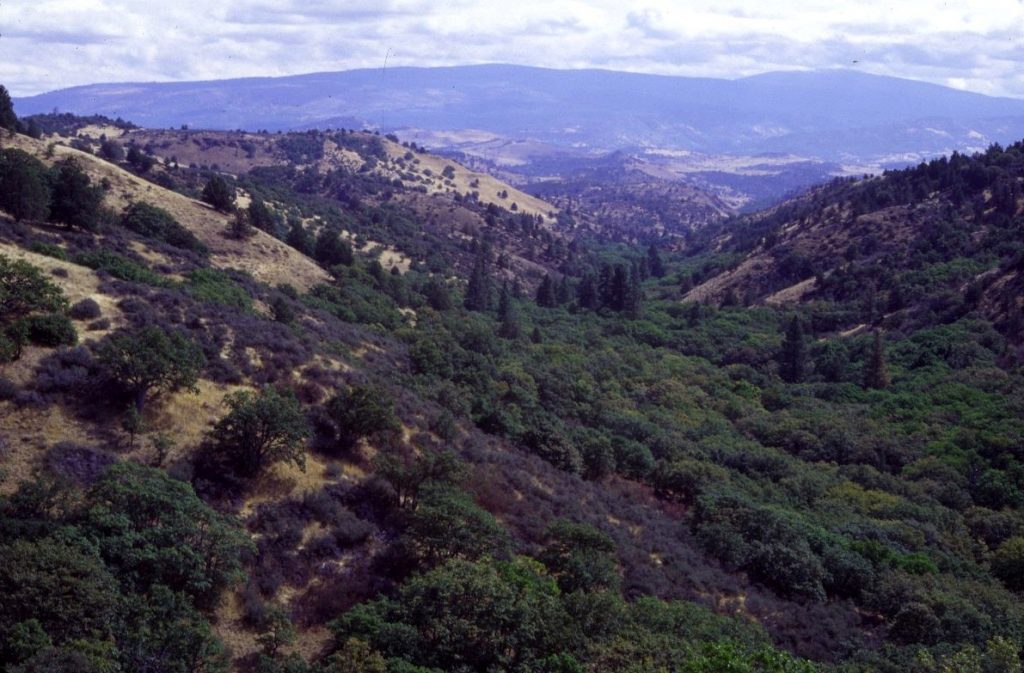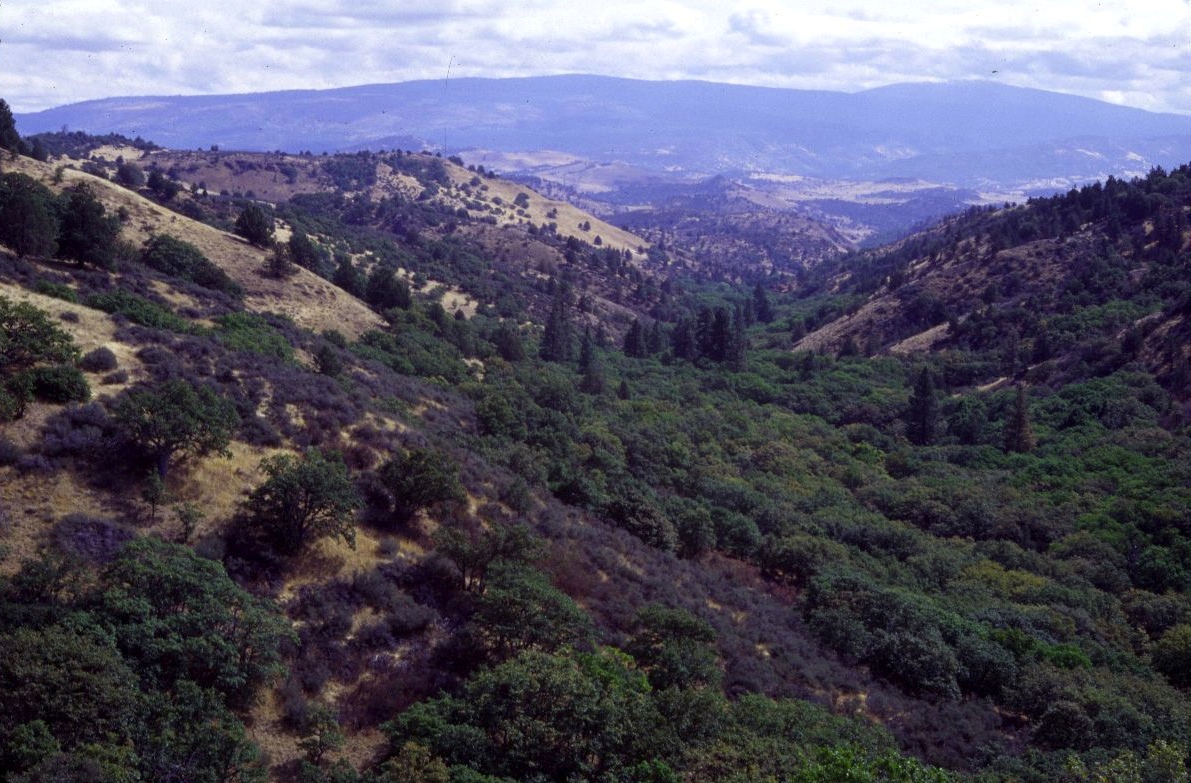Ranchers with grazing allotments aren’t allowed to properly maintain fences, water structures and other range improvements, diminishing the land’s suitability for grazing, Skinner said.
That dynamic has already been seen on the original portion of the Cascade-Siskiyou National Monument, which many ranchers have left since its designation in 2000, he said.
Mateusz Perkowskiu
Cattle groups reacted with dread at the expansion of the Cascade-Siskiyou National Monument in Oregon and California, which they fear will gradually eradicate ranching in the area.
The Obama administration announced Jan. 12 the monument will be increased by about 49,000 acres, up about 80 percent from its current size of 62,000 acres.
While the federal government touted the decision as improving “vital habitat connectivity, watershed protection, and landscape-scale resilience for the area’s unique biological values,” cattle groups fear it marks the beginning of the end of ranching in the expanded monument.
“They start out OK, but pretty soon the restrictions start coming in,” said Bob Skinner, an Oregon rancher and vice president of the Public Lands Council, which represents grazing interests.
Ranchers with grazing allotments aren’t allowed to properly maintain fences, water structures and other range improvements, diminishing the land’s suitability for grazing, Skinner said.
That dynamic has already been seen on the original portion of the Cascade-Siskiyou National Monument, which many ranchers have left since its designation in 2000, he said.
“You can’t bother anything, you have to leave it in a natural state,” Skinner said.
As private ranch properties are sold or passed down to new generations, the federal government does not have to honor grazing agreements on adjacent public land, said Jerome Rosa, executive director of the Oregon Cattlemen’s Association.
“Over time, all the grazing is eliminated,” Rosa said.

As gates to public land are closed and roads fall into disrepair, private property surrounded by a national monument decreases in value until ranchers have little choice but to sell it to the federal government, he said.
“There’s no value anymore,” Rosa said, noting that as property is taken off of local tax rolls, county services are also reduced. “It’s really an abuse of power.”
Not only does the land within the expanded monument offer excellent pastures for cattle, but it also contains old growth forests and wildlife habitat, he said.
“Without it being grazed, it will be just a lightning strike away from a huge fire,” Rosa said. “It’s really tragic.”
Skinner of the Public Lands Council said the monument’s expansion was supported by liberal-minded residents in Ashland and Medford who don’t understand the consequences of the designation.
“They don’t have to make a living on the ground,” he said.
Skinner said he’s uncertain about the implications that Obama’s decision in the Cascade-Siskiyou National Monument will have for the creation of a proposed 2.5 million-acre Owyhee National Monument in Oregon’s Malheur County.
There have been indicators that such a designation isn’t likely, but the Obama administration is unpredictable in natural resource matters, he said.
“It’s his legacy is all that matters to him, not the people on the ground,” Skinner said.





Please proofread the title of this article. Cascase?
Look smart, act smart, be smart.